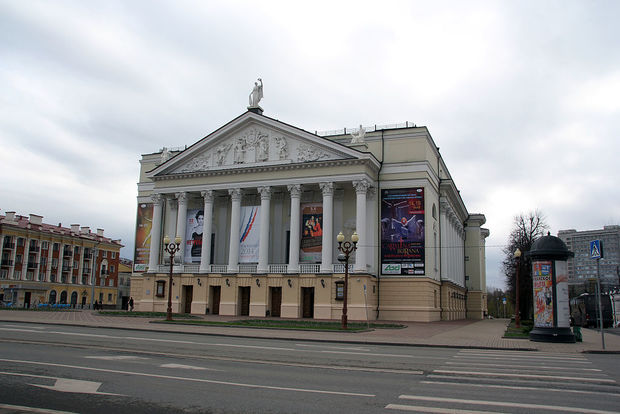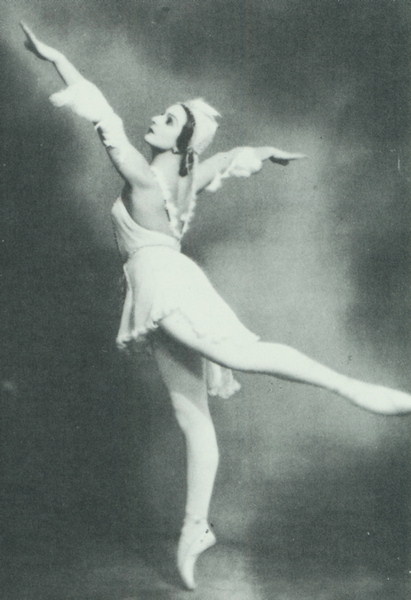London is looking forward to see not only Swan Lake but also Shurale ballet
Tukay's tale based on classical ballet Shurale, which was written before the Second World War by Farid Yarullin and choreographed by famous Leonid Yakobson, is a worthy alternative to great but overexposed works.
Shurale is a classical ballet written in 1940 by a 26-year-old Tatar composer Farid Yarullin. Based on a tale by Gabdulla Tukay, it is full of Tatar folk motifs and images. The ballet's history starts even earlier when the Tatar Opera Studio was founded in 1934 as a part of the Moscow Conservatoire to become then a basis of the Tatar State Opera and Ballet Theatre. Yarullin was one of the studio's students, and his work was included in the new theatre's repertoire with a premiere planned in August 1941. Shurale's libretto was first created by Akhmed Faizi and then modified by Leonid Yakobson, who was known as well for Spartacus ballet. The latter was sent to Kazan to set the choreography, and he added his own vision concentrated on the main plotline and rejected the secondary one. Unfortunately, the Second World War both postponed the premiere and took the life of the composer in 1943. However, the ballet was staged in Kazan on 12 March 1945 but with an alternative choreography.

Yakobson's next chance to complete his work was given to him only in 1950 at Leningrad's Kirov Ballet Theatre (now the Mariinsky Theatre). And this is a well-known classical version given State Award and considered to be an outstanding achievement of the Soviet choreography. Natalia Dudinskaya and later Maya Plisetskaya, when the work was transferred to the Bolshoy Theatre, were engaged in the production. The performance was restored to the repertoire of the Mariinsky in June 2009 and continues gathering full houses.
Laura Cappelle reported in the Financial Timesthat 'The Mariinsky Ballet restored Shuraleto the repertoire in 2009, and would do well to bring it to London when they return next summer'. She gives Shurale as an example of a worthy Soviet-era ballet and compares it with Swan Lake by Tchaikovsky but not in favour of the latter, which is exhausted by numerous adaptations. Herewith, these ballets have a lot in common: they both have birds in the centre of the plot and both heroines are torn between an awesome hero and an evil antagonist. Bird maidens of Shurale soar and flutter, while swans are full of wistful melancholy.

Shurale's choreographer Leonid Yakobson deserves a special mention. He has been suppressed by the Soviet party, ballet officials and experts because of his Jewish origin and bold view on choreography. So he constantly met resistance while working. It is described in his new biography 'Like a Bomb Going Off'by Janice Ross.